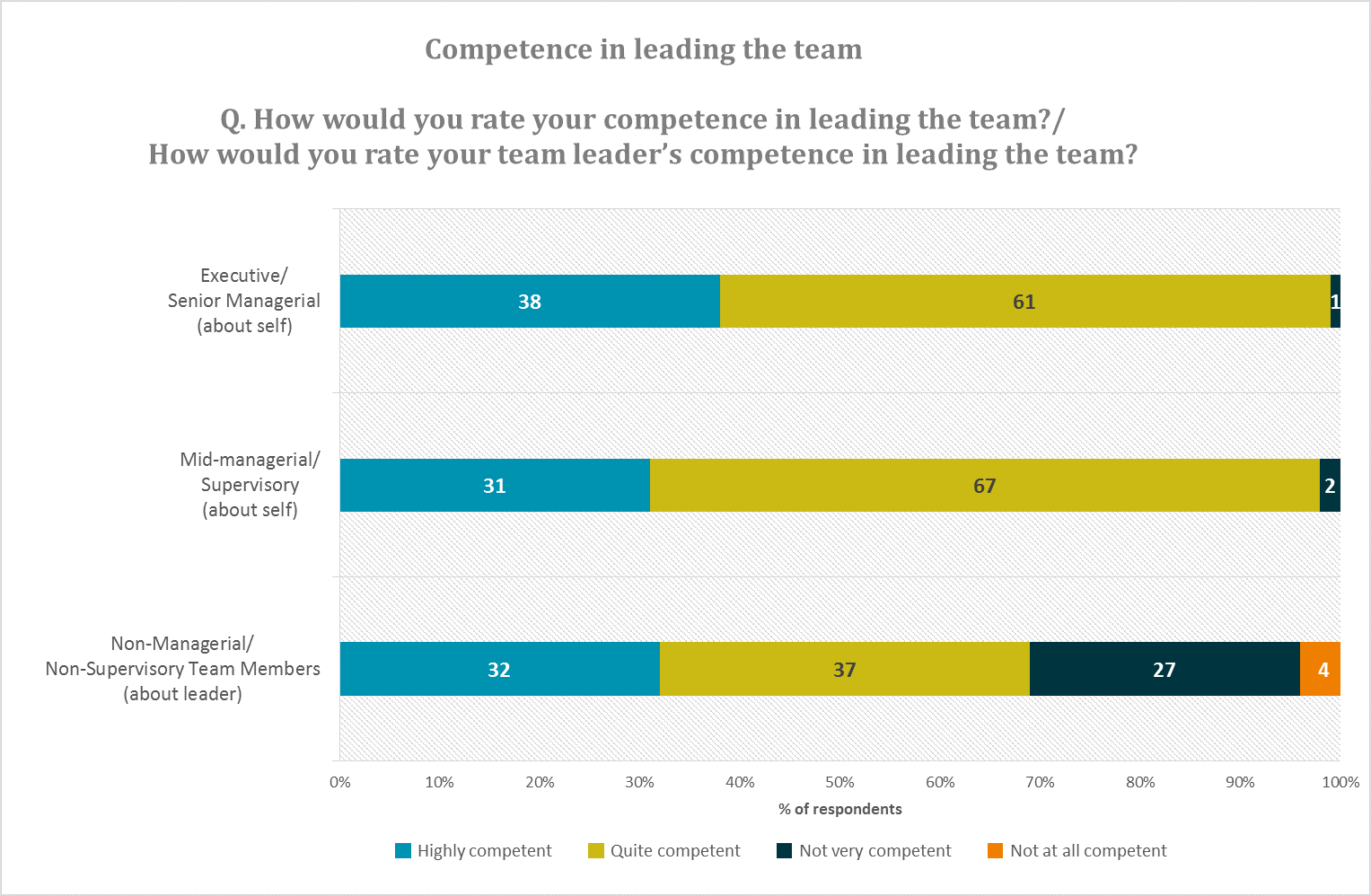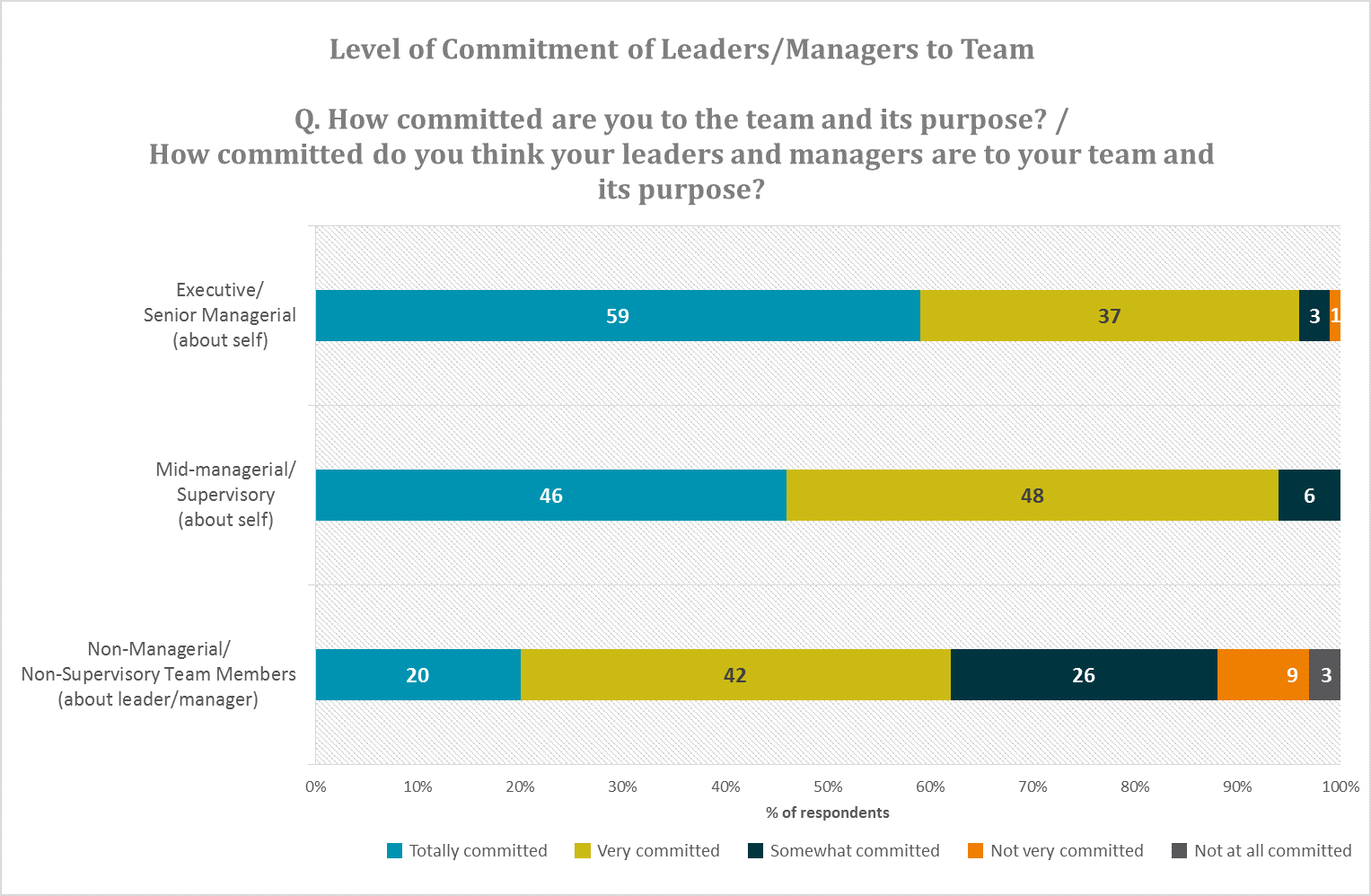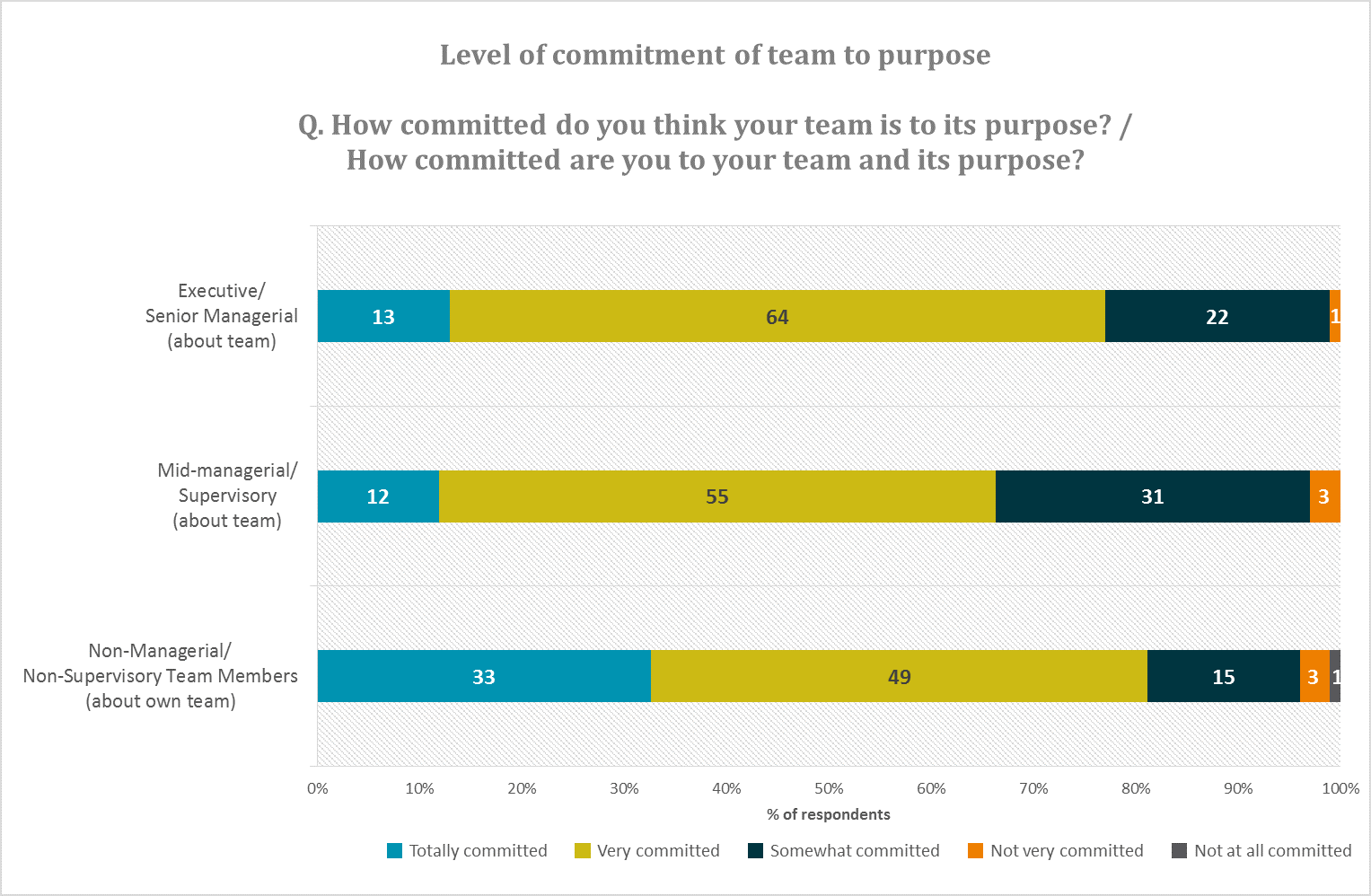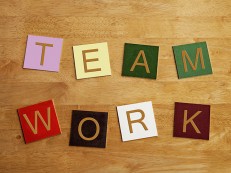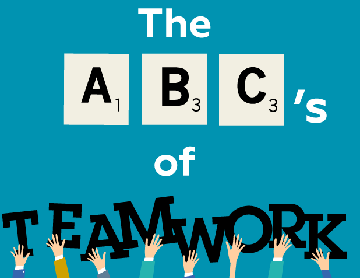Teamwork or Team-woe – converting teamwork perceptions into realities
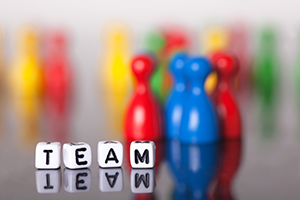
New research on teams and teamwork from Leadership Management Australia’s Leadership Employment and Direction (L.E.A.D.) Survey series reveals some profound and disturbing gaps between the perceptions of leaders of teams and the experiences of team members they lead.
The extraordinary extent of difference between leader perceptions and team member experiences clearly illustrates there is a great deal of work to be done to enable better teamwork and ensure teams are able to perform to their potential.
The findings provide the ideal opportunity for leaders at all levels of organisations to take a much closer look at the teams they lead and work collaboratively with team members to close the gaps and deliver more effective team dynamics.
In essence, leaders need to invest in the development of better team relationships and processes to provide enhanced support and encouragement so desperately sought by team members.
Let’s take a closer look at the numbers to see what needs to be done:
Confidence and competence in leading the team
Ratings of confidence and competence in leading the team are very high amongst leaders, with team members rating their leaders on these dimensions at a notably lower level:
Levels of commitment to the team
Perceptions of levels of commitment to the team vary across the groups with team members far less certain of their leaders’ commitment to the team, despite themselves being more committed to their team than their leaders believe:
In summary…
Overall, the gaps identified clearly can be and need to be closed.
- Firstly, organisations should be equipping team leaders with enhanced skills and knowledge to lead the team more effectively to achieve its purpose and in doing so, to derive the greatest benefit from teamwork and the team’s work.
- Secondly team members need to be nurtured through recognition and feedback and the relationships between team leaders and team members need to be fostered and channelled towards the team’s purpose.
- Thirdly, team leaders and team members need to work collaboratively and connectedly to support the team as it pushes to achieve its objectives and fulfil its purpose.
The findings highlight significant potential benefits to be gained by investing time, energy and money to develop effective team dynamics and better relationships and routines within the team.
Click here to view to full report LEAD Report June 2015_Teamwork or team-woe

